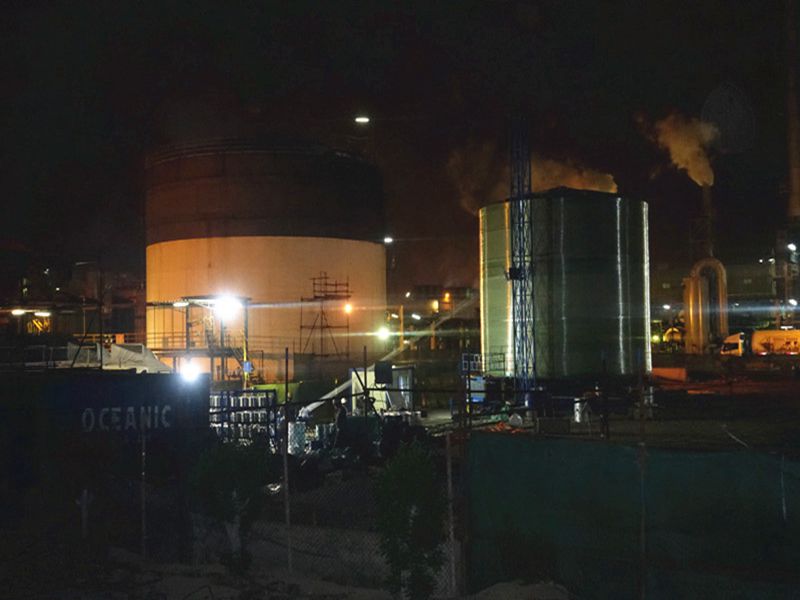
-
 Afrikaans
Afrikaans -
 Albanian
Albanian -
 Amharic
Amharic -
 Arabic
Arabic -
 Armenian
Armenian -
 Azerbaijani
Azerbaijani -
 Basque
Basque -
 Belarusian
Belarusian -
 Bengali
Bengali -
 Bosnian
Bosnian -
 Bulgarian
Bulgarian -
 Catalan
Catalan -
 Cebuano
Cebuano -
 China
China -
 China (Taiwan)
China (Taiwan) -
 Corsican
Corsican -
 Croatian
Croatian -
 Czech
Czech -
 Danish
Danish -
 Dutch
Dutch -
 English
English -
 Esperanto
Esperanto -
 Estonian
Estonian -
 Finnish
Finnish -
 French
French -
 Frisian
Frisian -
 Galician
Galician -
 Georgian
Georgian -
 German
German -
 Greek
Greek -
 Gujarati
Gujarati -
 Haitian Creole
Haitian Creole -
 hausa
hausa -
 hawaiian
hawaiian -
 Hebrew
Hebrew -
 Hindi
Hindi -
 Miao
Miao -
 Hungarian
Hungarian -
 Icelandic
Icelandic -
 igbo
igbo -
 Indonesian
Indonesian -
 irish
irish -
 Italian
Italian -
 Japanese
Japanese -
 Javanese
Javanese -
 Kannada
Kannada -
 kazakh
kazakh -
 Khmer
Khmer -
 Rwandese
Rwandese -
 Korean
Korean -
 Kurdish
Kurdish -
 Kyrgyz
Kyrgyz -
 Lao
Lao -
 Latin
Latin -
 Latvian
Latvian -
 Lithuanian
Lithuanian -
 Luxembourgish
Luxembourgish -
 Macedonian
Macedonian -
 Malgashi
Malgashi -
 Malay
Malay -
 Malayalam
Malayalam -
 Maltese
Maltese -
 Maori
Maori -
 Marathi
Marathi -
 Mongolian
Mongolian -
 Myanmar
Myanmar -
 Nepali
Nepali -
 Norwegian
Norwegian -
 Norwegian
Norwegian -
 Occitan
Occitan -
 Pashto
Pashto -
 Persian
Persian -
 Polish
Polish -
 Portuguese
Portuguese -
 Punjabi
Punjabi -
 Romanian
Romanian -
 Russian
Russian -
 Samoan
Samoan -
 Scottish Gaelic
Scottish Gaelic -
 Serbian
Serbian -
 Sesotho
Sesotho -
 Shona
Shona -
 Sindhi
Sindhi -
 Sinhala
Sinhala -
 Slovak
Slovak -
 Slovenian
Slovenian -
 Somali
Somali -
 Spanish
Spanish -
 Sundanese
Sundanese -
 Swahili
Swahili -
 Swedish
Swedish -
 Tagalog
Tagalog -
 Tajik
Tajik -
 Tamil
Tamil -
 Tatar
Tatar -
 Telugu
Telugu -
 Thai
Thai -
 Turkish
Turkish -
 Turkmen
Turkmen -
 Ukrainian
Ukrainian -
 Urdu
Urdu -
 Uighur
Uighur -
 Uzbek
Uzbek -
 Vietnamese
Vietnamese -
 Welsh
Welsh -
 Bantu
Bantu -
 Yiddish
Yiddish -
 Yoruba
Yoruba -
 Zulu
Zulu
Benefits of Using Fiberglass Insulation in Storage Tanks for Improved Efficiency and Performance
Understanding Fiberglass Insulation Tanks Benefits and Applications
Fiberglass insulation tanks have become a cornerstone in various industries due to their excellent thermal performance, durability, and versatility. As the demand for energy efficiency and sustainable practices rises, understanding the intricacies of fiberglass insulation tanks can provide insights into their benefits and applications.
What are Fiberglass Insulation Tanks?
Fiberglass insulation tanks are storage vessels made from fiberglass, a composite material that combines glass fibers with resin. This unique composition not only provides strength and durability but also offers superior insulation properties. The tanks are often lined with insulating material that minimizes heat transfer, making them ideal for storing a range of substances, from water and chemicals to food and beverages.
Advantages of Fiberglass Insulation Tanks
1. Energy Efficiency One of the primary benefits of fiberglass insulation tanks is their superior insulation capabilities. These tanks maintain the temperature of their contents, reducing the need for additional heating or cooling. For industries that rely on precise temperature control, such as food production or chemical processing, this feature can lead to significant energy savings.
2. Corrosion Resistance Unlike traditional materials such as steel or plastic, fiberglass is inherently resistant to corrosion. This makes fiberglass insulation tanks an excellent choice for storing corrosive chemicals or in environments with high humidity. The longevity of these tanks can also contribute to reduced replacement costs over time.
3. Lightweight and Flexible Fiberglass is considerably lighter than metal, making transportation and installation easier. Moreover, the material can be molded into various shapes and sizes, allowing for custom designs that fit specific operational needs.
4. Low Maintenance Tanks made from fiberglass require minimal maintenance compared to their metal counterparts. They do not need regular coatings or treatments to prevent rust and corrosion, translating to lower long-term operational costs.
5. Environmental Impact The use of fiberglass insulation tanks can contribute to lower carbon footprints. By improving energy efficiency and reducing waste, these tanks support industries in their efforts to adopt greener practices.
fiberglass insulation tank

Applications of Fiberglass Insulation Tanks
Due to their versatile nature, fiberglass insulation tanks find applications across various sectors
- Water Storage Many municipalities and industries utilize fiberglass tanks for potable water storage, owing to their non-reactive properties and compliance with health regulations.
- Chemical Storage Industries such as pharmaceuticals, agriculture, and petrochemicals use fiberglass tanks to store various chemicals safely, thanks to their corrosion resistance and durability.
- Food and Beverage Industry In the food sector, fiberglass tanks are employed for storing ingredients, beverages, and even wastewater. Their insulating properties help maintain optimal temperatures during storage.
- HVAC Systems Fiberglass insulation tanks play a critical role in HVAC systems, where they are used for storing chilled water or hot water, ensuring efficient temperature management.
- Waste Management From storing hazardous waste to holding wastewater, fiberglass tanks provide a secure and durable storage solution for waste management practices.
Conclusion
Fiberglass insulation tanks represent a significant advancement in storage solutions across numerous industries. Their energy efficiency, corrosion resistance, and low maintenance requirements make them an attractive choice for businesses aiming to optimize their operations while adhering to environmental standards. As industries continue to evolve and seek sustainable practices, the role of fiberglass insulation tanks will undoubtedly expand, cementing their place as a vital component in modern infrastructure. Understanding these tanks' benefits and applications can empower businesses to make informed decisions that align with their operational goals and environmental responsibilities.









